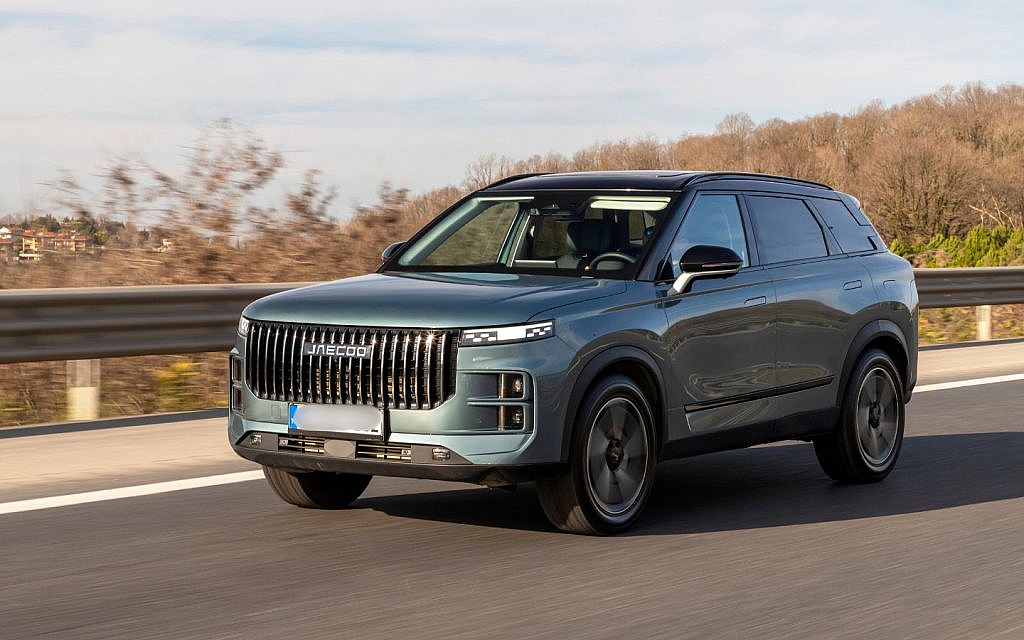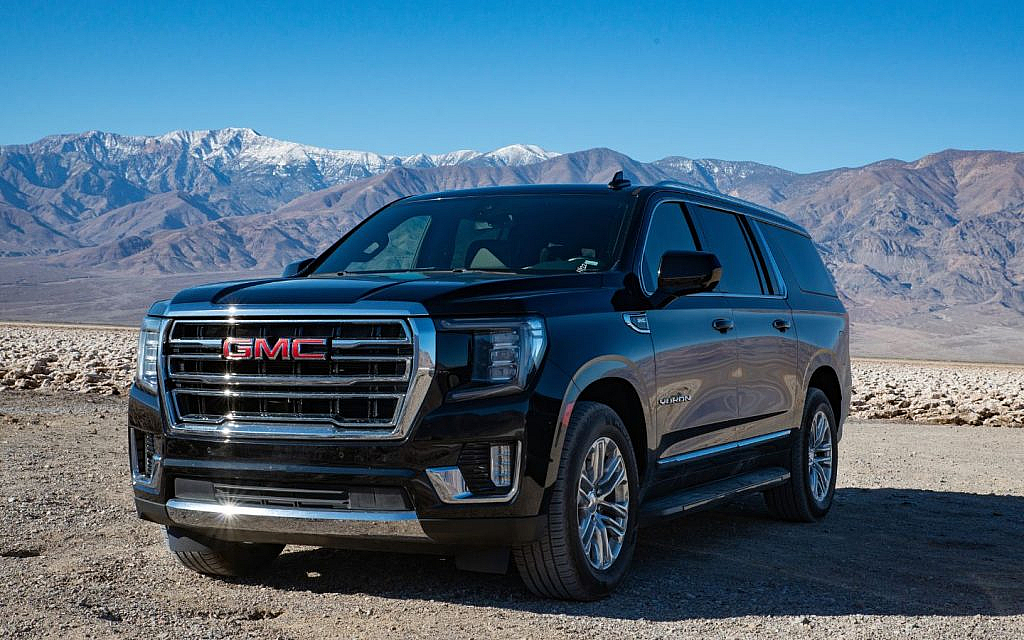Types of SUVs: Mid-Size vs Full-Size
The SUV market has experienced significant growth over the years, providing car buffs with various options. Some popular choices include mid-size and full-size SUVs, each catering to different lifestyles and preferences. Owing to their versatility and exceptional performance, these vehicles are an ideal option for both daily commute and off-road adventures.
If you are looking forward to switching to an SUV, understanding the differences between mid-size vs full-size SUVs is crucial. Let’s look at the primary distinctions and characteristics of these two SUVs to determine the best option.
Mid-Size or Full-Size SUV – Understanding Their Purpose

There are ample differences between mid-size and full-size SUVs in terms of size, capacity, performance and overall utility. The mid-size SUV falls between compact SUVs and full-size SUVs in terms of size. It offers a mix of passenger space, cargo room and fuel efficiency. This makes it one of the most versatile vehicle categories.
A full-size SUV, also known as the standard SUV, offers ample passenger and cargo space. It is built on a truck-based platform and is designed to provide maximum power, towing capacity and off-roading capabilities.
Characteristics of Mid-Size SUV
When comparing mid-size SUVs with full-size SUVs, several key factors set them apart. Understanding these characteristics will help you determine which type best suits your lifestyle. Here are the features of mid-size SUVs:
Size and Design: Mid-size SUVs are larger than compact SUVs but smaller than the full-size SUVs. These vehicles are built on a car-like platform, offering exceptional handling and smooth ride.
Fuel Efficiency: Mid-size SUVs are generally more fuel efficient as compared to full-size SUVs. This makes it a cost-effective option for daily commute.
Manoeuvrability: Their smaller size makes them easy to park and manoeuvre in urban environments.
Seating and Cargo: Seating capacity is one of the primary considerations when buying an SUV. A mid-size SUV can seat up to eight passengers and offers ample cargo space.
Characteristics of Full-Size SUV

The characteristics of a full-size SUV are as follows:
Size and Design: Full-size SUVs are larger and offer more space. Designed with a truck-like chassis, it offers enhanced towing capacity and off-road capabilities.
Power and Towing: These SUVs are fitted with more powerful engines for heavy towing.
Seating and Cargo: A full-size SUV can accommodate up to nine passengers and offers more cargo space than a mid-size SUV.
Mid-Size vs Full-Size SUV: Key Differences
Choosing between a full-size vs mid-size SUV depends on various factors like seating, fuel efficiency, towing capacity and overall size. Here’s a side-by-side comparison to help you decide which is right for you:
| Feature | Mid-Size SUV | Full-Size SUV |
| Seating Capacity | 5–7 passengers | 7–8 passengers |
| Fuel Efficiency | More fuel-efficient | Lower fuel efficiency |
| Maneuverability | Easier to drive & park | Heavier, harder to park |
| Cargo Space | Decent cargo space | Larger cargo capacity |
| Towing Capacity | Moderate | High |
| Off-Road Performance | Light off-roading | Built for rough terrain |
FAQs
What is the point of a mid-size SUV?
Mid-size SUVs are popular for their affordability, interior space and drivability, offering a middle ground between compact and full-size models.
What does the SUV stand for?
SUV is an abbreviation for Sports Utility Vehicle.
Are bigger wheels better for an SUV?
Larger wheels enhance SUV stability and reduce braking distance as they cover a wider surface area.
Choosing between a mid-size vs full-size SUV depends on how you intend to use your vehicle. Both vehicles offer unique benefits, so it is essential to evaluate your priorities. For people who prefer an easy-to-drive, fuel-efficient vehicle, a mid-size SUV is a wise choice. However, if you require ample space, towing capacity and off-road capability, a full-size SUV is a more suitable option.
For people actively looking to switch vehicles, explore these used cars for sale in the UAE, including a variety of SUVs, crossovers and sedans. For brand new rides, go through these new cars for sale in the UAE.
Keep reading dubizzle’s auto blog to learn more about SUVs and their types.
Cover Image Credits: Shutterstock Image Contributor – Khomsan Inthananon
Comments
Post a Comment